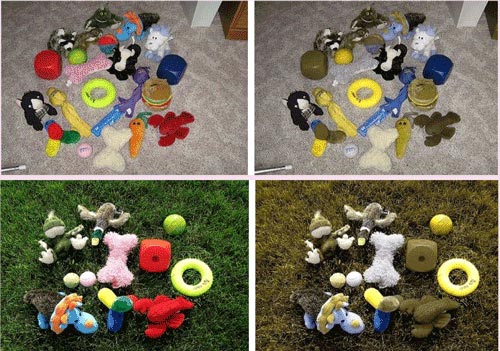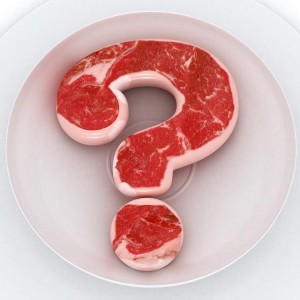Spring is finally here and it’s time to get your animals ready for summer time fun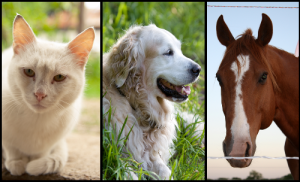 ! Now is a great time to get your pet a preventative health exam and any recommended testing and vaccinations.
! Now is a great time to get your pet a preventative health exam and any recommended testing and vaccinations.
Dogs can benefit from heartworm testing, deworming, and rattlesnake vaccination even if they are up to date on their other vaccines.
Feline leukemia testing and vaccination is in order for cats that will be spending more time outside.
Don’t forget about a good grooming or shave for warmer weather and controlling fleas and ticks with a product like Frontline.
For horse owners, spring is also a customary time to vaccinate and deworm your horse, get his feet trimmed, have blood drawn for a pre-travel coggins test and start an exercise conditioning program.





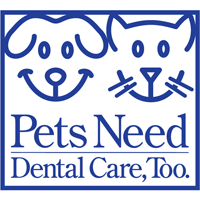
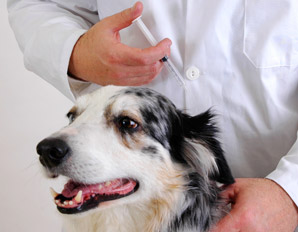 No. Warts or papillomas are benign tumors that are caused by specie specific papilloma viruses.
No. Warts or papillomas are benign tumors that are caused by specie specific papilloma viruses.

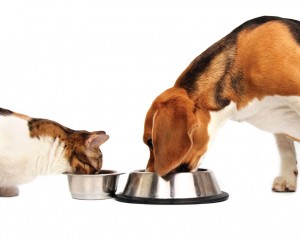 What’s up with by-products in pet food?
What’s up with by-products in pet food?